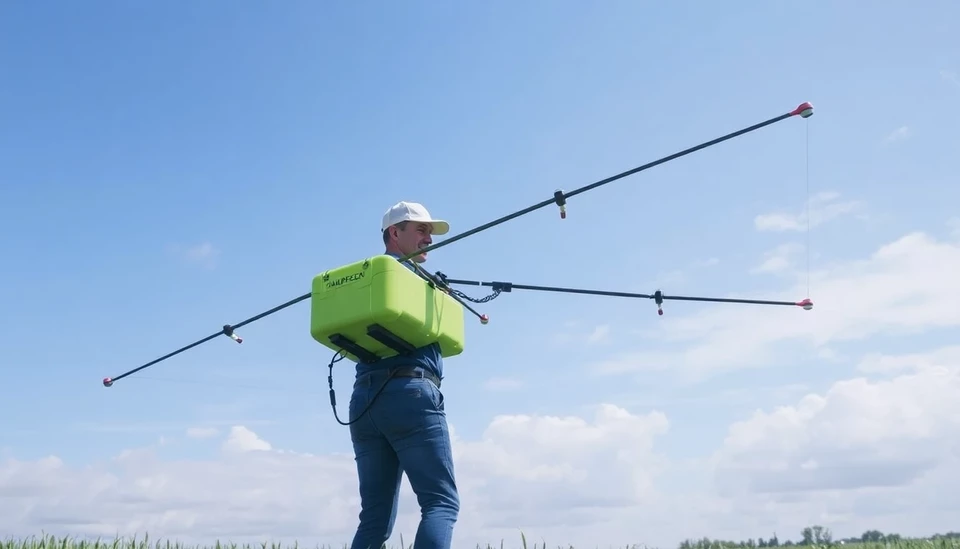
In an exciting development for agriculture, several countries in Latin America are embracing electric crop dusters as a transformative method for farming. This innovative technology is attracting attention for its potential to enhance efficiency, sustainability, and cost-effectiveness in the agricultural sector.
Farmers across the region have started to adopt electric drone technology to assist in the spraying of pesticides and fertilizers. This shift not only minimizes labor costs but also reduces reliance on traditional fuel-powered machinery, leading to lower greenhouse gas emissions. The electric crop dusters are notably quieter, offering a less disruptive option for rural communities compared to their gas-guzzling counterparts.
Leading companies in the aerospace sector are diving into this niche market, developing aircraft specifically designed for agricultural use. These electric drones can cover expansive areas swiftly, providing farmers with the ability to manage larger plots of land without the burden of excessive operational expenses. On average, these drones can carry a payload of pesticides while ensuring precision in application, thereby reducing chemical waste and improving safety for both operators and the environment.
Countries like Brazil and Argentina are at the forefront of this agricultural shift. Brazilian farmers have reported significant improvements in crop health and yields after transitioning to electric dusters. The ability to fly at lower altitudes with remarkable precision means they can effectively target difficult-to-reach areas, ensuring a uniform application of agrochemicals.
One of the key benefits of this technology is its adaptability to various farming environments. From large-scale soy farms to smaller vegetable growers in urban areas, electric crop dusters can be tailored to meet different farming needs. Many farmers have noted that these drones are especially helpful in managing pests, allowing them to respond more quickly to infestations before they escalate.
Besides field applications, electric crop dusters also open up new possibilities for other agricultural services, such as monitoring crop health and evaluating land conditions. Utilizing sensors and AI technology, these drones can capture crucial data that informs farming decisions. By analyzing the information gathered, farmers can optimize their inputs, leading to more sustainable practices and better resource management.
The movement towards electric crop dusters has garnered support from environmental groups as well. Advocacy for reduced pesticide usage and lower carbon footprints aligns well with the goals of the electric aviation industry. As awareness of climate change grows, these innovative solutions are seen as essential in making agriculture more environmentally friendly and sustainable.
The rise of electric crop dusters represents not only a technological breakthrough but also an opportunity for economic growth within the region. As the demand for sustainable practices increases globally, Latin America is positioning itself as a leader in the integration of green technology in agriculture. This advancement could pave the way for increased exports, job creation, and contributions to overall food security.
As Latin America continues to navigate the challenges of modern farming, the integration of electric crop dusters is a promising path towards innovation. Farmers and agricultural companies alike are witnessing firsthand the benefits of this shift, which bodes well for the future of agribusiness in the region.
In conclusion, the adoption of electric crop dusters in Latin America signifies a major change in the agricultural landscape. With their ability to improve efficiency, reduce costs, and enhance environmental sustainability, these drones are paving the way for a new era in farming.
#ElectricDrones #AgricultureInnovation #SustainableFarming #LatinAmerica #CropDusting #GreenTechnology
Author: Sophie Bennett




